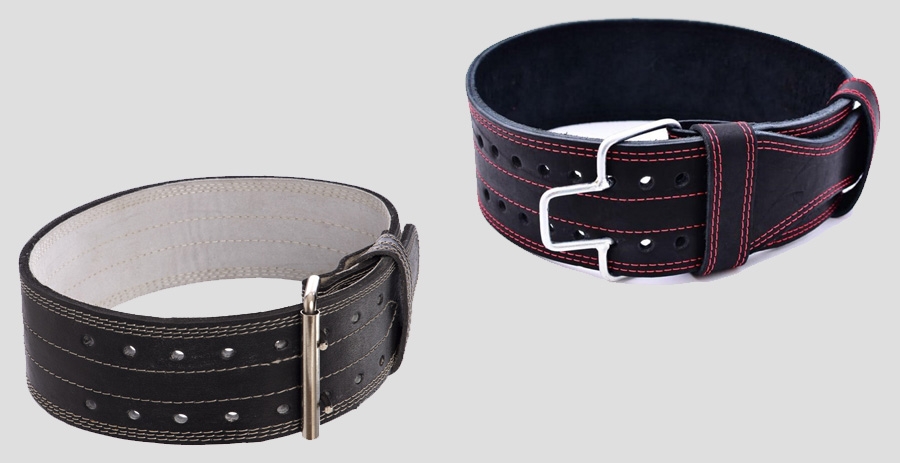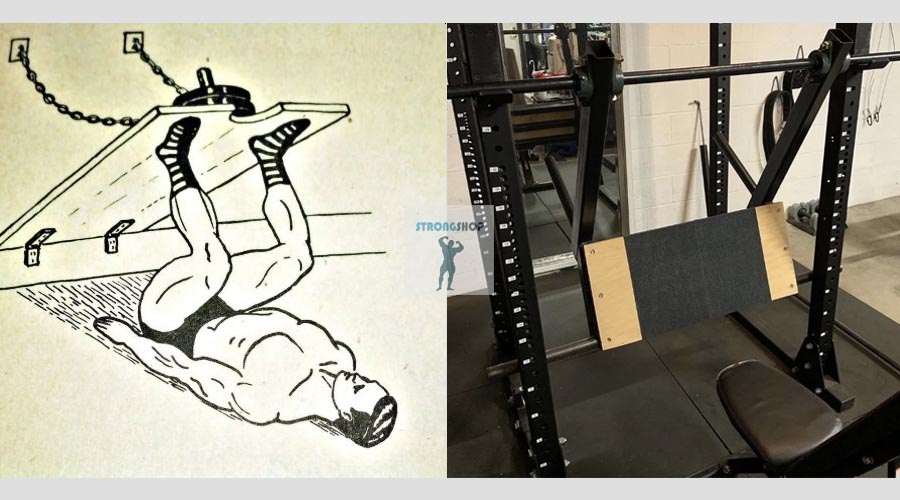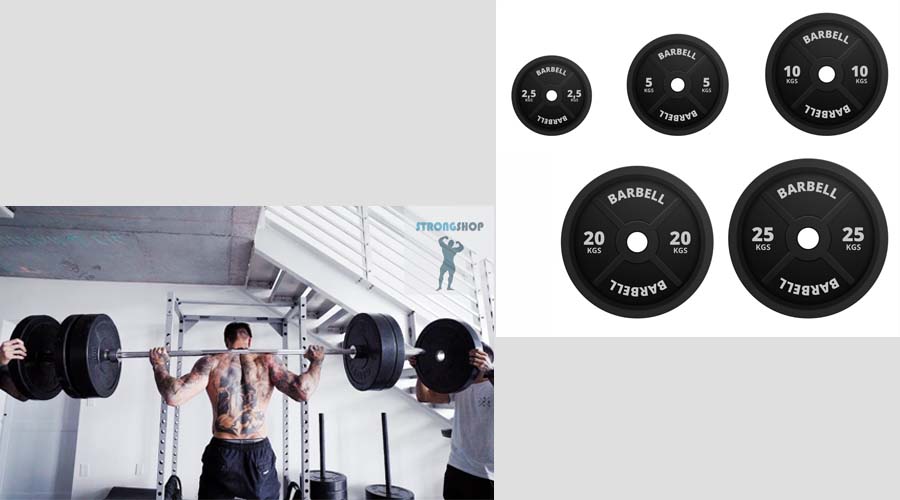The athletic belt is an important accessory for powerlifting, weightlifting and bodybuilding, providing reliable protection for the athlete from injury.
It also gives power to the core.
The principle of the belt is that the product fixed at the waist creates pressure in the abdominal region, while maintaining the vertical position of the spinal column. Some exercises with a barbell create strong loads on the ligaments, joints and intervertebral discs.
The most relevant will be the use of a belt when performing:
- deadlift;
- traction rod in the slope;
- squats with a load, for example, squats with a barbell on the shoulders;
- overhead barbell press.
If you perform the approach correctly, then the muscles of the body, as a rule, are not in danger, and an athletic belt will help prevent damage to the spine and sprains. Additionally, it will protect the abdominal muscles from the risk of a hernia when working with large weights.
It should be remembered that such a belt is not recommended for constant wear during normal training, so that the functions of one's own abdominal and paravertebral muscles are not weakened. But when moving to lifting heavy weights, during performances and competitions, it becomes an indispensable attribute of an athlete's equipment.
Choosing the right belt for an athlete
Production material
Athletic belts of two categories are presented on the market of sports accessories:
- premium products made of genuine leather or high-quality amara;
- budget neoprene belts.
Leather models most firmly protect the lower back, are more durable and well cover the shape of the body of the athlete. Important advantages of such products are strong stitching and a reliable metal clasp.
For the manufacture of economical models, an innovative material from the DuPont company is used - polychloroprene rubber (neoprene). It has established itself as a light, plastic, resistant to mechanical damage and quite durable material. An additional plus of such models is their versatility. They are suitable not only for training, but also for everyday physical work associated with a load on the lower back.
Why are the belts different shapes?
Belts with a specific extension in the back area are used for exercises when bending the torso forward. Models with the same width are suitable for power loads running with a straight body. The wide front prevents the torso from leaning forward.
Since a full-fledged complex consists of a variety of exercises, the best option would be to have both types of belts in the athlete’s arsenal. If you decide to limit yourself to one option, then for bodybuilding it is better to choose a model with an extension on the lower back. And for powerlifting, a standard belt with a constant width on all sides is optimal.
Size matters
The choice of the optimal length of the belt is also given great attention, it should provide you with a tight and secure fit. It should be taken into account the fact that over time the athlete's waist may increase or decrease in
volume. Experts recommend that when fastening, the buckle is in the middle of the fixation holes. Therefore, be sure to take measurements before buying using a centimeter and compare it with the size chart.
I am an experienced athlete, do I even need it?
Yes, application is desirable. If you work with large weights, you are at risk to a certain extent. Strengthening your body will not be superfluous.
How much do they cost?
You can find weightlifting belts at almost any affordable price.
Useful links
https://www.youtube.com/watch?v=ZmQDfzM9FC4






